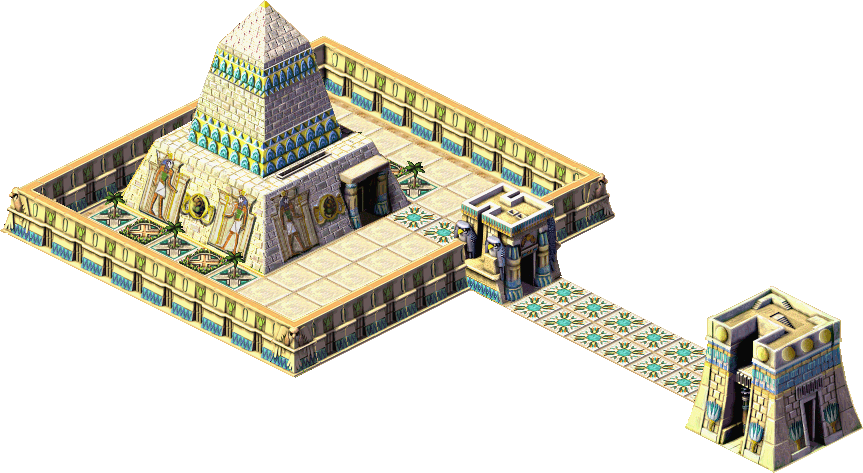

“Of course, it made a wonderful story,” says Renée Dreyfus, curator of ancient art and interpretation at the Fine Arts Museums of San Francisco. By that time, according to Hayes, Thutmose III had developed “a loathing for Hatshepsut.her name and her very memory which practically beggars description.” The destruction of her monuments, carried out with such apparent fury, was almost universally interpreted as an act of long-awaited and bitter revenge on the part of Thutmose III, who, Winlock wrote, “could scarcely wait to take the vengeance on her dead that he had not dared in life.” 1458 b.c., her stepson, then likely still in his early 20s, finally ascended to the throne. Many early Egyptologists also concluded that Hatshepsut’s chief minister, Senenmut, must have been her lover as well, a co-conspirator in her climb to power, the so-called evil genius behind what they viewed as her devious politics. Hayes, the “vilest type of usurper.” Disconcerting to some scholars, too, was her insistence on being portrayed as male, with bulging muscles and the traditional pharaonic false beard-variously interpreted by those historians as an act of outrageous deception, deviant behavior or both. Within a few years, however, she proclaimed herself pharaoh, thereby becoming, in the words of Winlock’s colleague at the Metropolitan, William C. to rule for her young stepson, Thutmose III, until he came of age. The widowed queen of the pharaoh Thutmose II, she had, according to custom, been made regent after his death in c. But by Winlock’s day, historians had crafted the few known facts of her life into a soap opera of deceit, lust and revenge.Īlthough her long rule had been a time of peace and prosperity, filled with magnificent art and a number of ambitious building projects (the greatest of which was her mortuary, or memorial, temple at Deir el-Bahri), Hatshepsut’s methods of acquiring and holding onto power suggested a darker side to her reign and character. 1479-1458 b.c.) did not begin to emerge until the 19th century. The statues were those of Hatshepsut, the sixth pharaoh of the 18th dynasty, one of the few-and by far the most successful-women to rule Egypt as pharaoh. What could this one have done to warrant such blasphemy? In the opinion of Winlock, and other Egyptologists of his generation, plenty. In the pit were smashed statues of a pharaoh-pieces “from the size of a fingertip,” Winlock noted, “to others weighing a ton or more.” The images had suffered “almost every conceivable indignity,” he wrote, as the violators vented “their spite on the brilliantly chiseled, smiling features.” To the ancient Egyptians, pharaohs were gods. Winlock, head of the Metropolitan Museum of Art’s archaeological team in Egypt, had unearthed a pit in the great temple complex at Deir el-Bahri, across the Nile from the ancient sites of Thebes and Karnak.

Signs of desecration were everywhere eyes had been gouged out, heads lopped off, the cobra-like symbol of royalty hacked from foreheads. It was a hot, dusty day in early 1927, and Herbert Winlock was staring at a scene of brutal destruction that had all the hallmarks of a vicious personal attack. Editor’s Note: This article was adapted from its original form and updated to include new information for Smithsonian’s Mysteries of the Ancient World bookazine published in Fall 2009.


 0 kommentar(er)
0 kommentar(er)
